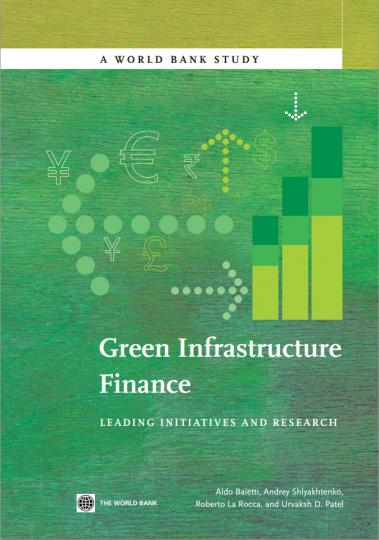Increasing concerns over the effects of climate change have heightened the importance of accelerating investments in green growth. The International Energy Agency, for example, estimates that to reduce carbon dioxide emissions by 50 percent by 2050, global investments in the energy sector alone will need to total US$750 billion a year by 2030 and over US$1.6 trillion a year from 2030-2050. Despite global efforts to mobilize required capital flows, the investments still fall far short. Bloomberg New Energy Finance argues that by 2020 investments will be US$150 billion short from the levels required simply to stabilize CO2 emissions. For the East Asia and Pacific region alone, the World Bank study Winds of Change suggests that additional investments of US$80 billion a year over the next two decades are required. Multiple factors affect green investments, often rendering them financially not attractive. Private investment flows, therefore, depend on public sectors interventions and support. As in many countries public sector resources are scarce and spread across many competing commitments, they need to be used judiciously and strategically to leverage sufficient private flows. Many governments, however, still lack a clear comprehensive framework for assessing green investment climate and formulating an efficient mix of measures to accelerate green investments and are unfamiliar with international funding sources that can be tapped. To address this challenge, the World Bank, with support from AusAID, conducts the work on improving the financing opportunities for green infrastructure investments among its client countries.
Creedit: Aldo Baietti, Andrey Shlyakhtenko, Roberto La Rocca and Urvaksh D. Patel, The World Bank.




